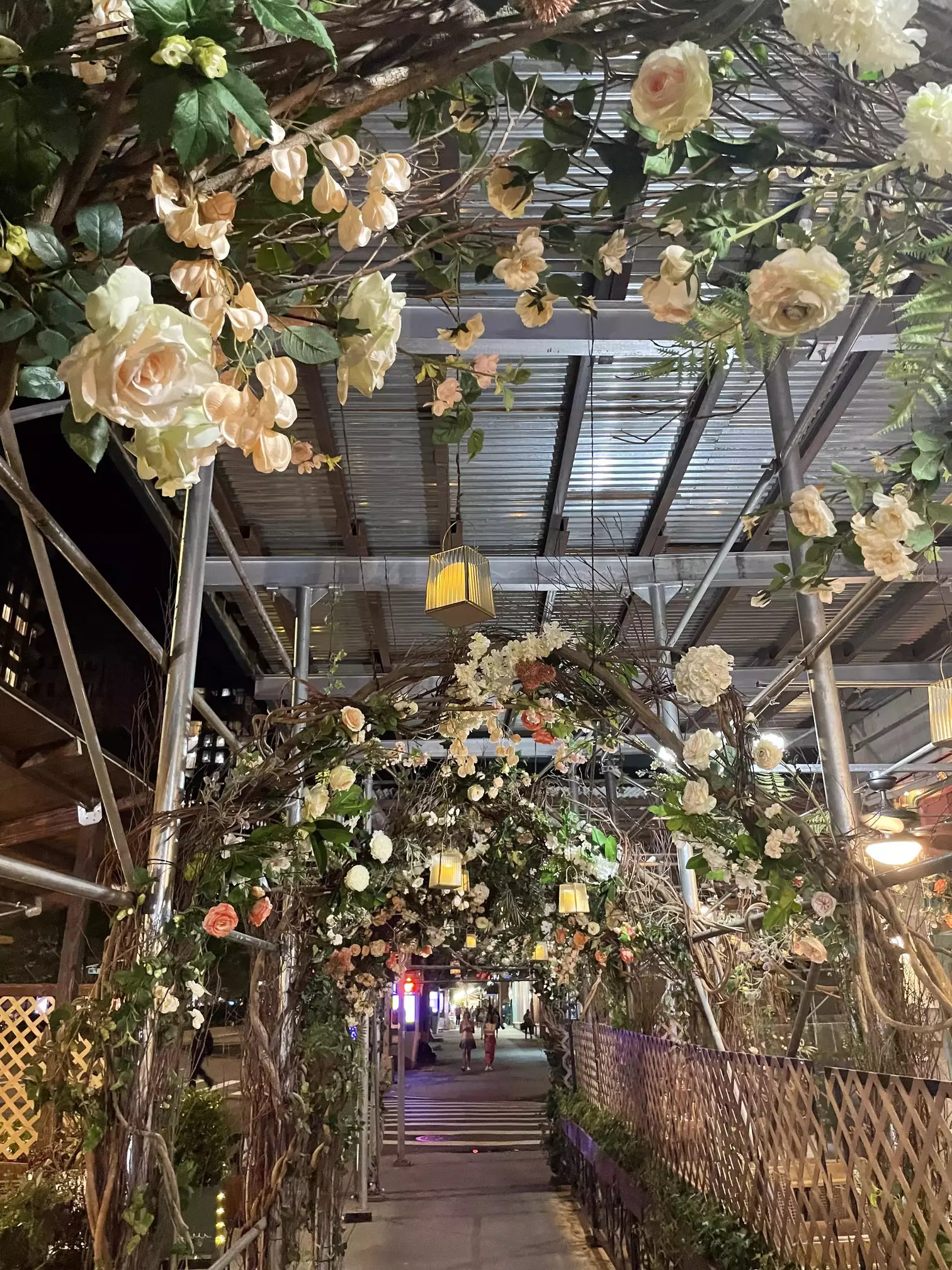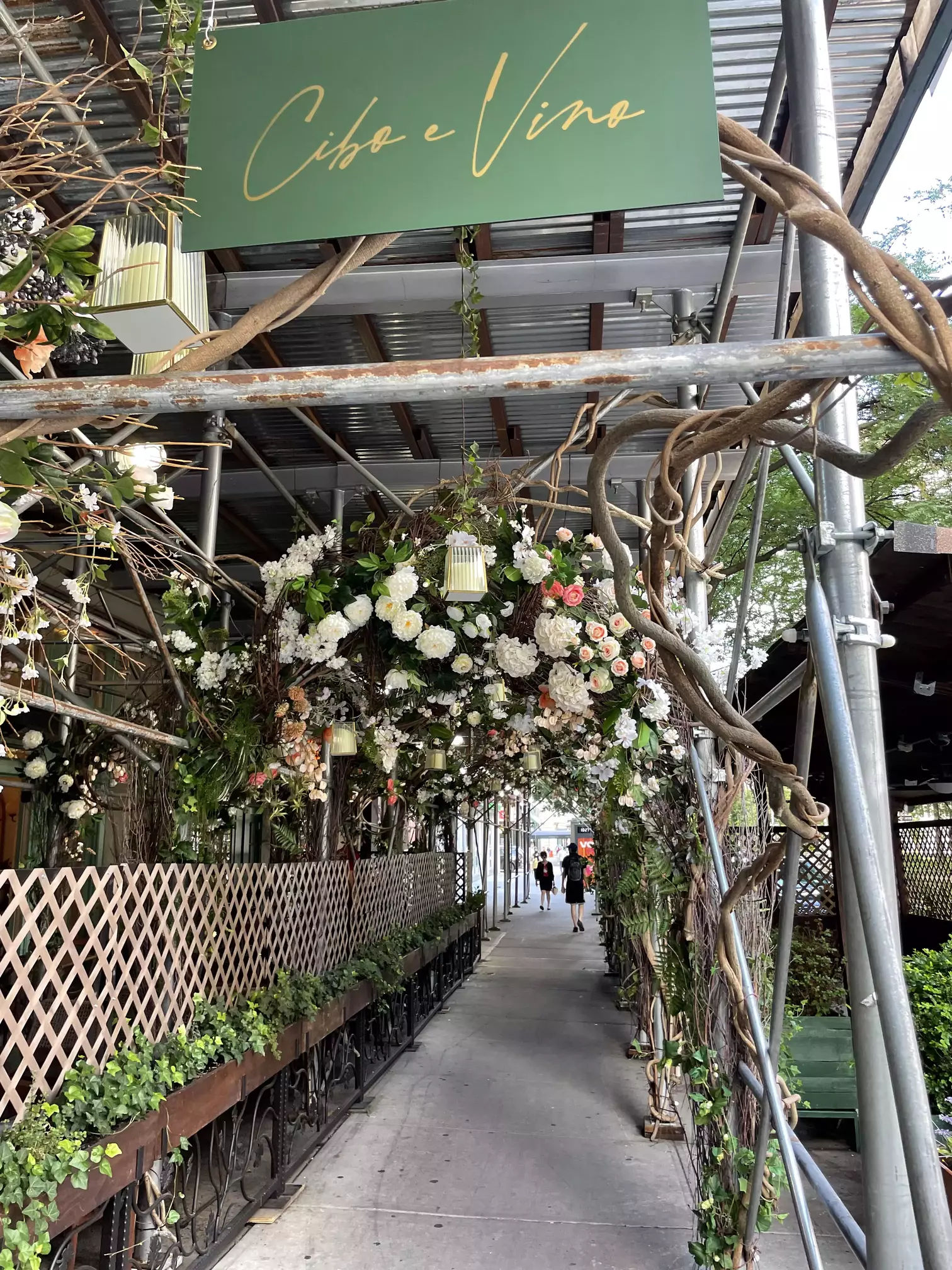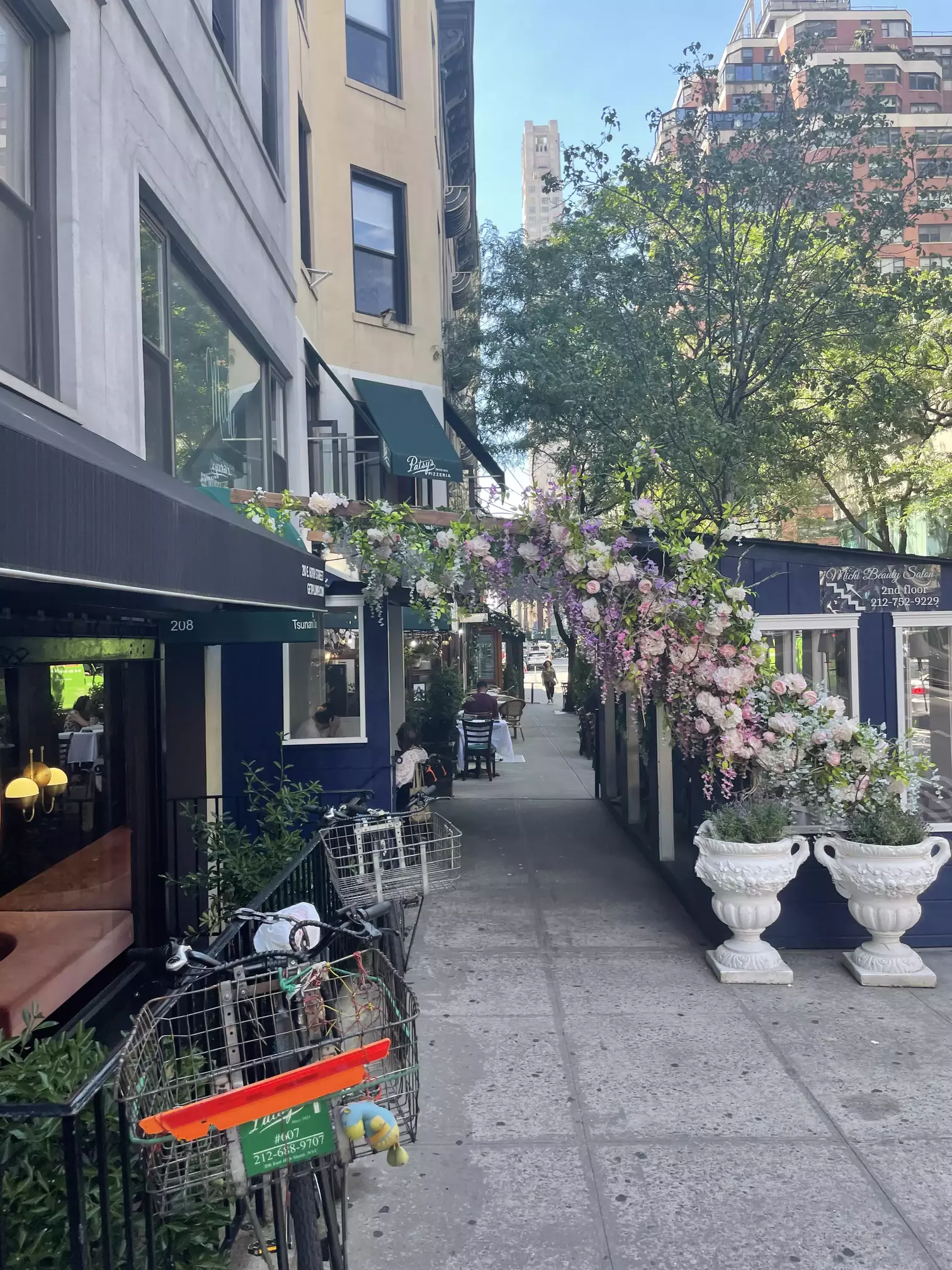Shanties of New York
- 4 minutes read - 673 wordsTop Image: Flowers in the shanty at Chu-Ros Thai
Let me be clear: there was nothing good about COVID. There will be nothing that I miss about the COVID era. But in its misery, there were little spots of sunlight that broke through dour clouds, little bits of kindness, consideration, and beauty that dappled the gray life in this time.
One of those things I’d like to remember were the restaurant shanties and their rich decor. Read on to see more pics of what they look like.
First, I don’t know if “shanty” is the right term, but given “shack” or “shelter” or “cover” as alternative terms, I think “shanty” captures the ramshackle but sturdy (enough) character of these structures.
Historiography of the Shanties
It was strange, at first, the shanties emerged and I didn’t even think to record it or even note it. Would it be like nylon rations that those who lived through WWII would remember, but that seemed strange or exotic to those who didn’t live through the era? They seemed a natural incremental development from a shut-down-NYC to a returned-to-normal-NYC, but for those who weren’t there, how would they ever appreciate that? So, I write.
History of the Shanties
During the lowest part of the pandemic, around March 2020, the only stores opened were essential services: grocery (with interminable lines), pet store (where you could pick up and then walk away), and nothing else.
For a city whose economy rests on services, eating out and delivery, it was a mortal blow. How could service people eat, live, and pay rent? We were very poorly prepared for such a question given the Darwinian character of American economic life.
To face this reality, balanced by risk, by late March the city was permitting take-away-only and delivery-only food.
As another step to blunt the near-mortal blow to the NYC restaurant industry, the city came up with the proposition that if the food were eaten outside and were served and prepared by masked personnel there would be enough air circulation and prophylaxis that this guarded and small reopening to happen.
Now, most NYC restaurants operate in storefronts not much wider than a suburban lemonade stand. Where the heck were they going to get a terrace space? On top of that, this stepwise leniency came in the depth of the New York winter (late March / early-April).
Given the reduction in car traffic, the city permitted restaurants to build small structures to afford (bundled) patrons some modicum of comfort: shanties.
Reception
To be clear, when these shanties arrived, we were so stir-crazy and depressed that we couldn’t wait to go sit in them and freeze while waiting for food whose turn-around times were protracted due to staffing constraints and kitchen sizes. To accept their minimal comfort so that we lucky few who worked in the can-do-from-home-on-keyboard economy recognized that we could literally put food in our fellow citizens’ mouths. It was an honor to pull together and tip generously.
Shanty Life
These outdoor dining spots, usually hugging the curbs in front of restaurants or outright melding with the sidewalks have now been with us for months. To be honest, I’d rather have them than the car traffic and there are many efforts to get them to stay and the motorized traffic to go the way of the virus.
While the initial shanties were bare-wood, rapidly-assembled utilitarian structures, invariably, the restaurants have wanted to put their own spin on their shanties: putting signage, painting to match the branding colors, and, of late, decorating with beautiful floral arrangements. Walking down the sidewalk, passing through the sidewalk gap between restaurant front-door and shanty, I often feel like I’m stepping into a momentary oasis between city and repose.
Some restaurants have even taken the decorating/integrating the ubiquitous NYC building scaffolding into the shanty decor theme.
Anyway, if you don’t live here you might not have heard about this or seen it, but I think it was a lovely touch in a challenging time.
Pictures


